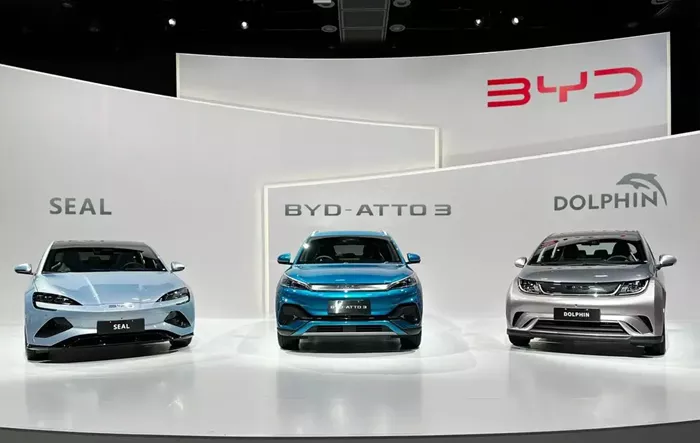BYD’s latest car carrier, Changsha, is set to undock by the end of April, marking the company’s fifth vessel. This new ship will be BYD’s second vessel with the capacity to transport 9,200 vehicles, following the BYD Shenzhen. The Changsha spans 219 meters and uses a dual-fuel system that runs on both Liquefied Natural Gas (LNG) and conventional fuel.
Since 2024, BYD has been rapidly expanding its fleet. The company’s first car carrier, BYD Explorer 1, was delivered in January 2024, and more vessels have been added to meet growing demand. BYD plans to introduce four more carriers by 2026, bringing the fleet’s total capacity to 67,000 vehicles.
From a strategic standpoint, BYD’s self-built ships help the company reduce shipping costs. The global shortage of car carriers has driven up logistics expenses, with international vessel rental rates reaching $150,000 per day in 2024. This results in a per-car shipping cost of about 9,800 yuan (roughly $1,400). In comparison, BYD’s domestic profit per vehicle in 2023 was around 9,000 yuan ($1,200), while its profit from overseas sales was above $5,000 per vehicle.
By operating its own fleet, BYD can lower shipping costs per vehicle to between 5,600 and 7,000 yuan ($800–$1,000). This represents a 30%–40% reduction compared to renting vessels. With an estimated export volume of 500,000 vehicles in 2024, BYD expects to save approximately 10 billion yuan ($1.4 billion) annually by building and operating its own ships.
In 2024, China’s total vehicle exports reached 5.859 million units, a 19.3% increase from 2023. Among the top ten automakers in vehicle exports, BYD shipped 433,000 units, a 71.8% increase from the previous year. Chery maintained the lead with over 1.14 million cars shipped, while SAIC took second place with 920,000 units exported in 2024.

